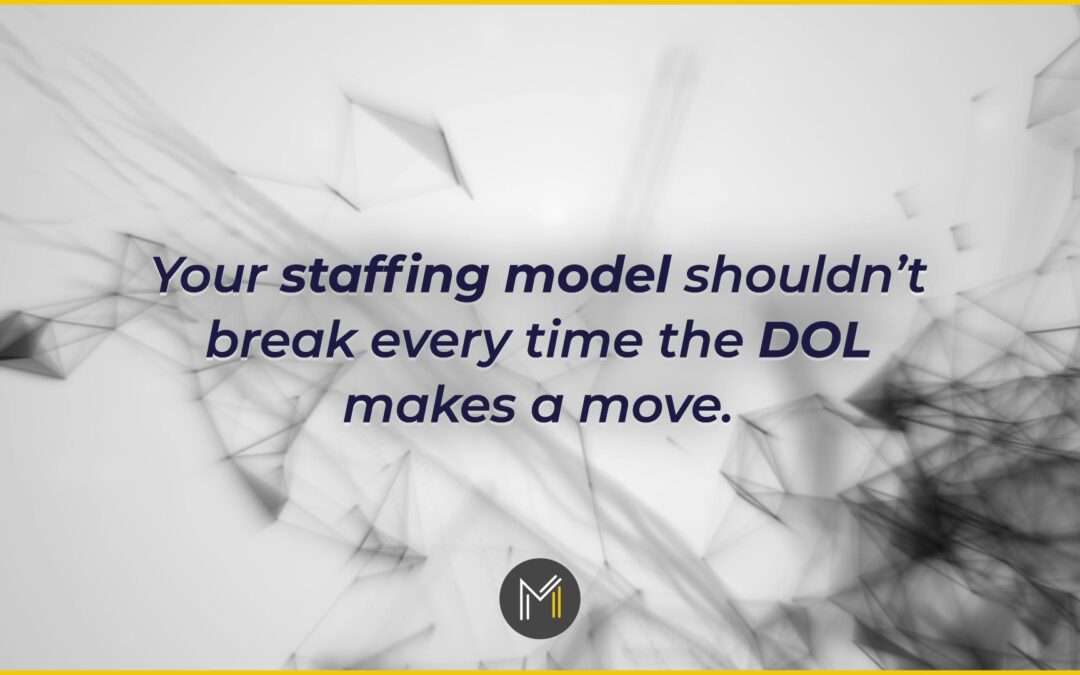If your entire staffing strategy hinges on whether someone’s an employee or an independent contractor, it’s structurally unsound. The Department of Labor’s shifting stance on worker classification (including the 2024 rule) reveals a deeper problem: brittle workforce models that depend on regulatory ambiguity instead of operational clarity.
𝗛𝗲𝗿𝗲’𝘀 𝘄𝗵𝗮𝘁 𝗵𝗮𝗽𝗽𝗲𝗻𝘀 𝘄𝗵𝗲𝗻 𝗯𝘂𝘀𝗶𝗻𝗲𝘀𝘀𝗲𝘀 𝗱𝗼𝗻’𝘁 𝗽𝗹𝗮𝗻 𝗯𝗲𝘆𝗼𝗻𝗱 𝗯𝗶𝗻𝗮𝗿𝘆 𝗰𝗹𝗮𝘀𝘀𝗶𝗳𝗶𝗰𝗮𝘁𝗶𝗼𝗻:
❌ Misclassification exposure goes undetected until it’s too late.
❌ Compliance efforts turn reactive — not proactive.
❌ Onboarding slows while legal teams triage contract language.
𝗧𝗵𝗲 𝘀𝗼𝗹𝘂𝘁𝗶𝗼𝗻? 𝗗𝗲𝘀𝗶𝗴𝗻 𝗳𝗹𝗲𝘅𝗶𝗯𝗶𝗹𝗶𝘁𝘆 𝗶𝗻𝘁𝗼 𝘆𝗼𝘂𝗿 𝗺𝗼𝗱𝗲𝗹.
✅ EOR structures that preserve talent access without classification risk
✅ Scalable onboarding workflows across W-2 and 1099 pathways
✅ Pre-screening for control, dependency, and business integration factors
✅ Dynamic risk segmentation by jurisdiction and labor type
Because when classification rules change, your strategy shouldn’t.



